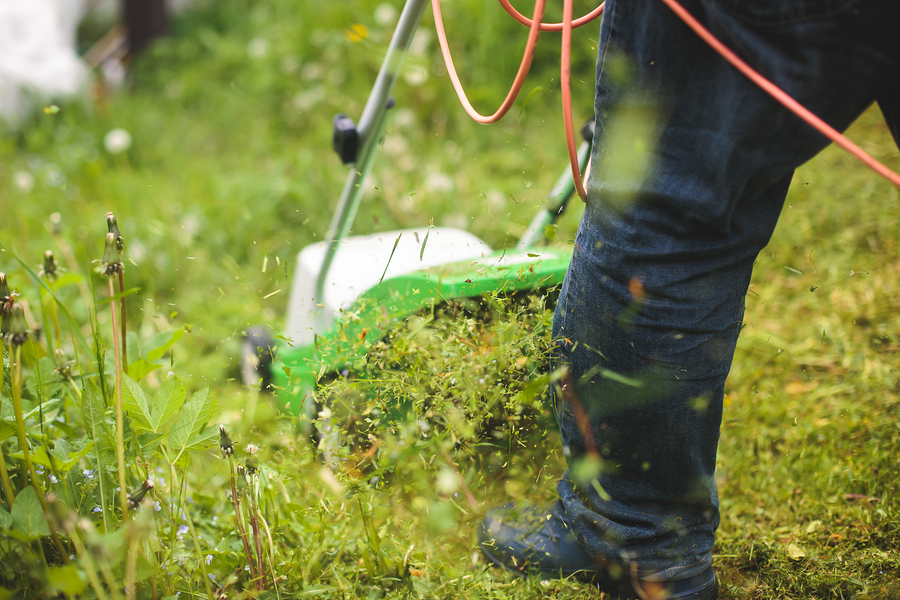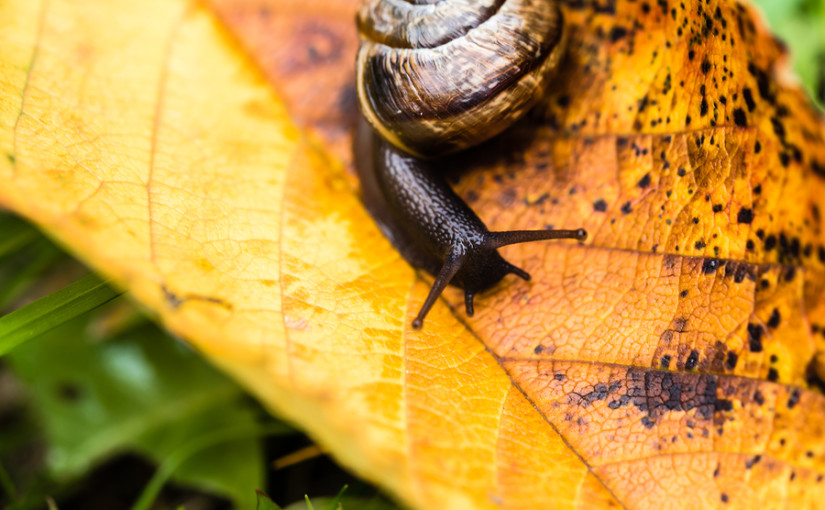The autumn months have an undeniable effect on our gardens – not all trees lose their leaves of course, but those that do end the summer season in a blaze of glory before covering the grass with a crispy or mulchy mass that needs quick attention to avoid it getting trodden into the lawn.
Dead growth from the summer bedding plants and some larger shrubs need attention too, and even a small garden can quickly produce more rubbish than a garden waste wheelie bin can handle, making a garden skip a worthy seasonal investment to get the job done while the last of the fair weather holds.
Here are five autumn garden tasks that could leave you with more to dispose of than you expect, but not so much that a domestic skip would be overwhelmed.
1. Fallen Leaves
We’ve already mentioned leaves, but they really are one of the main things to tackle in the garden in autumn, as they can quickly churn up into a kind of surface mud that’s ugly to look at and sticks to your boots.
In dry weather, quickly collect them up with a leaf blower or soft sweeping brush, and deposit them into a garden skip.
Leaves are not heavy, but they’re bulky, so a skip is able to take them out of the way and avoid having heaps of dead leaves around the garden just waiting to get soggy.

2. Dead Branches
Once the branches are bare, it’s also a good time to check for any rotten or damaged branches that are at risk of falling off in strong winds.
Cut them down (or get a professional in to do the job for you) and unless you want a decorative log or two around the garden, throw the offcuts into your garden skip too.
3. Autumn Pruning
As the autumn progresses, think about trimming hedges. This is especially significant if you have birds nesting in your hedges, as it’s illegal to disturb them until the chicks have grown up and flown away.
The best time to trim a hedge depends on the species, so be careful about it, but many can benefit from even quite hard pruning in the colder months, for denser and more controlled regrowth.

4. Clear the Beds
Your flowerbeds are probably looking past their best once August is over, so get all of that dead growth out, including any roots unless they’re needed to grow back next year.
There’s usually restrictions on putting quantities of soil in domestic wheelie bins, so if you’re landscaping while the garden is in its dormant phase, a good-sized garden skip is a must.
5. Mow the Lawn
This one depends on the weather, as you don’t want to mow wet grass, but if it’s a fine autumn, take the chance to give your lawn its last proper mow of the year.
With flowerbeds now bare, it’s also a good time to cut back any invading grass growth from their borders – this can produce bulkier clippings with chunks of soil attached, so be sure to do this while you’ve still got your garden skip hired out, so you don’t have to dispose of grassy sods in your wheelie bin.

